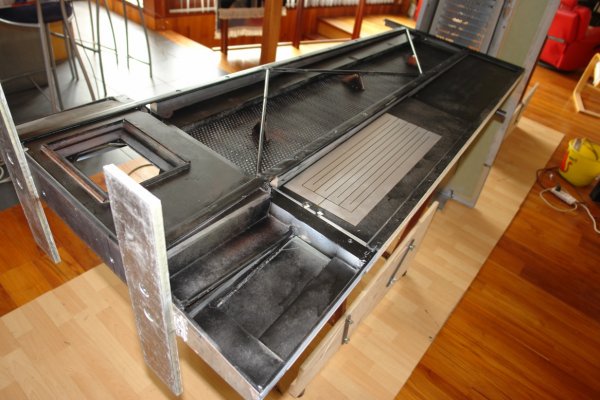Hi Marc, after this many pages of discussions, as well as those in the other threads, I think you probably have as much information as you can get on paper!
There will always be people, including myself, thinking more power than, say, 120W is needed for the Duetta, and there will always be people thinking 80-120W (or even lower power) SET will be sufficient. There is no right or wrong, just that we have different expectations and preferences (room size, music type, required volume etc.). So, after all, you have to be the final judge with actual audition!

I am throwing a curve ball here, I wonder if you have ever auditioned a pair of, preferable restored, Quad ESL57? If I read it right, your preferred listening volume is around 75db peak, perfect range for the ESL57.
Other may disagree, but I think Apogees do need to play at slightly higher volume to bring the best out of them. In this area, Apogees are already better than the bigger Maggies, which demand to be played loud to make them sound lively, IMHO
The ESL57, on the other hand, is perfectly at home, and a delight, at lower volume. Yes, useful bass only gets down to 50Hz or so, but surprisingly can be quite powerful (at low to mid volume) within that range if driven properly. Also, yes, the impedance curve is rather crazy, but a nice 30-60W tube amp should drive them well. Since you are in the UK, probably not too hard to find a chance for audition.
Actually, I have acquired 3 pairs of good condition ESL57s. I am planning to construct a triple-stacked ESL57 system when I retire in a few years time! It would be an interesting system if the ESL could match with the FR bass panel and Maggie ribbon tweeter! That is a dream
















